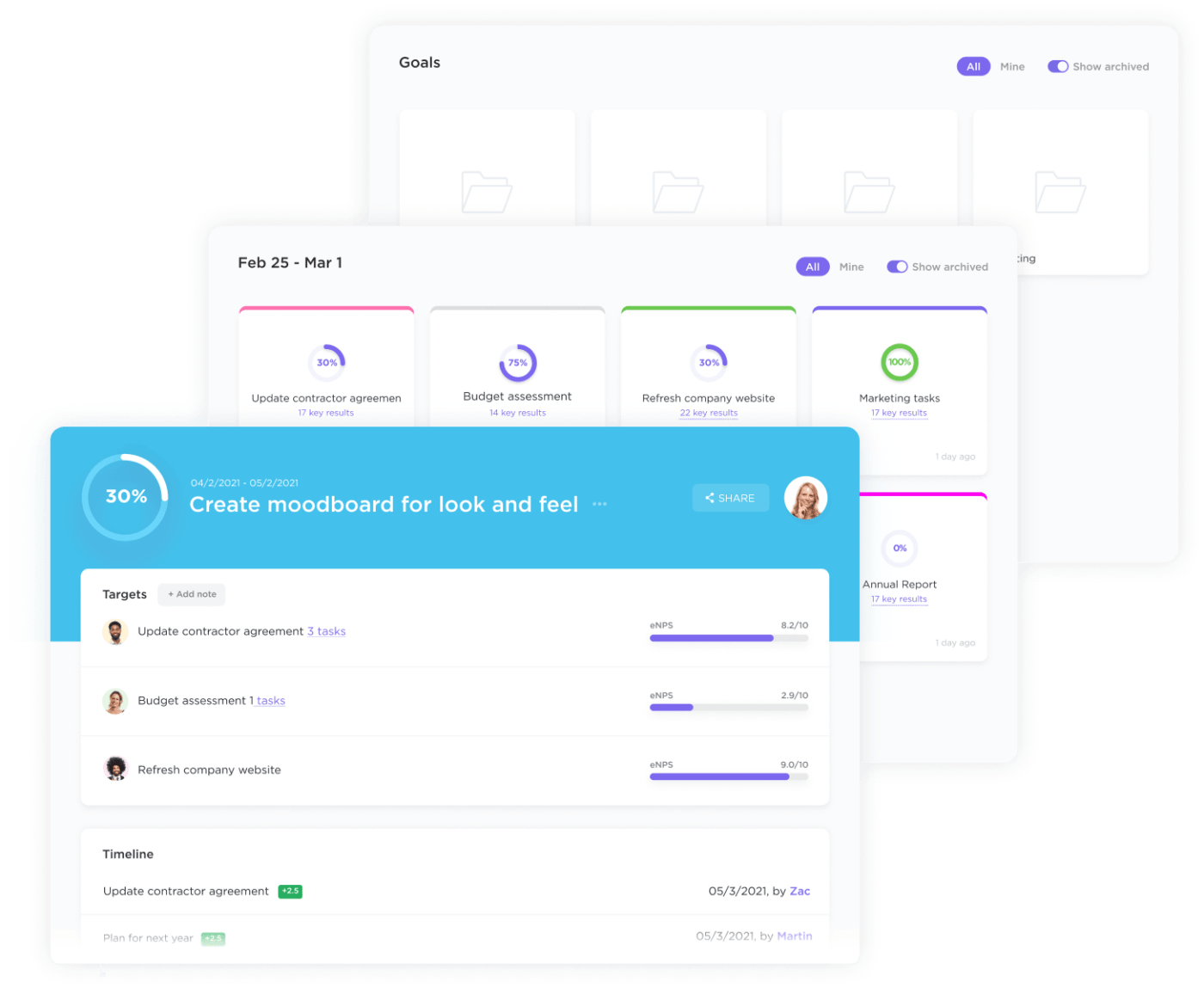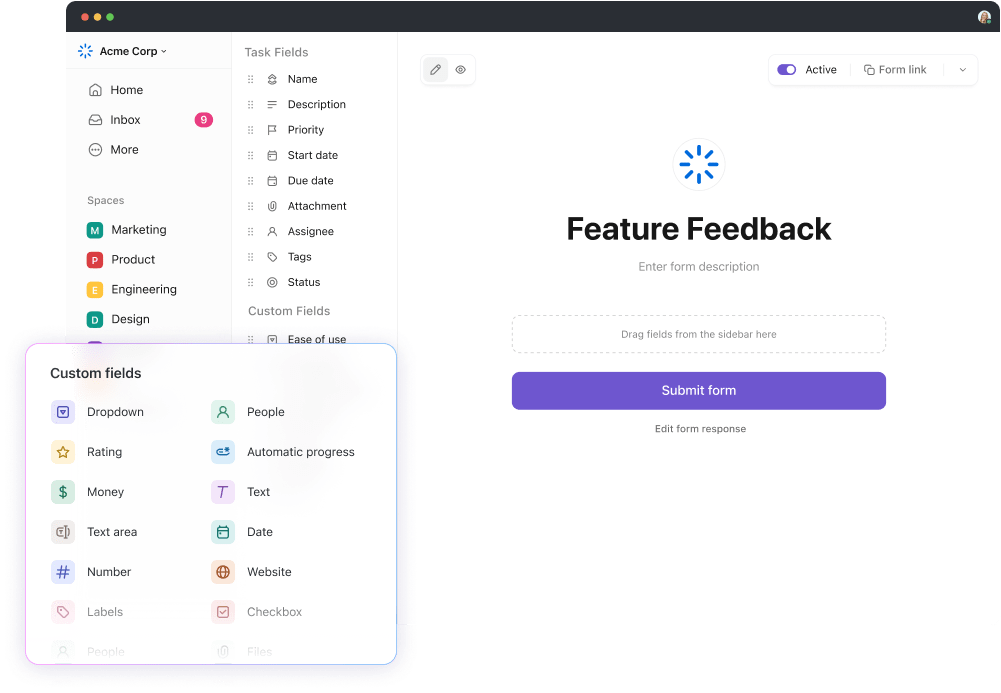How to Create an LMS Implementation Project Plan?

Sorry, there were no results found for “”
Sorry, there were no results found for “”
Sorry, there were no results found for “”
Implementing a learning management system LMS is exciting and daunting. Sure, your LMS can be an ocean of knowledge for your employees. However, considering over 65% of projects fail due to incorrect implementation, you need a fail-safe project plan.
A smooth LMS implementation plan requires going beyond choosing an LMS system and filling it up with training courses. Goal-setting, planning, regular assessments, and ensuring the learning management system aligns with your training goals are critical for its success.
Although the learning management implementation system will look different for every organization, we share practical steps for successful implementation.
Use these steps as building blocks for your LMS implementation project plan and tweak them per your organization’s requirements.
We also look at how to create an effective LMS implementation project plan and integrate the LMS into your corporate training program without overshooting your budgets or timelines.
A learning management system is a platform that helps L&D managers create, manage, and track training programs and educational courses in the organization. The LMS system includes videos, articles, assessments, and instructional guides.
An LMS offers content-authoring features to allow learning and development managers to create course modules.
An LMS implementation happens when your organization launches a learning platform for employees to access training courses for their learning and development. The LMS implementation project plan is a series of steps for its launch and successful implementation on time and within budget.
Educational technology and LMS applications enhance employee training and productivity in several ways, including:
Let’s examine the nuances of an implementation plan to help you smoothly integrate an LMS into your training program.
An LMS implementation can take weeks to months, depending on various factors such as the scale of implementation, complexity of the platform, number of users, customization, and the availability of resources.
For smaller organizations with minimal learning needs, the LMS implementation process can take up to two to three weeks, while for larger organizations, it can take months since their needs can be complex and the content migration process might be extensive.
Here’s a quick look at how long different LMS implementation phases usually last:
| Stage | Timeline |
| Planning | 1-2 weeks, including defining the scope of the implementation project and getting it approved |
| Vendor selection | 2-3 weeks, depending on what your vendor requirements are |
| Configuration | 2-4 weeks, depending on the extent of customization, integration, and configuration needed |
| Content migration | 2-8 weeks, based on the extent of content migration and course creation |
| Testing | 1-2 weeks to make sure everything is on point |
| Training | 2-4 weeks or more, depending on the number of users |
| Deployment | 1-2 weeks if everything mentioned above goes smoothly |
Identify your organization’s training goals, technical specifications, and desired outcomes. Understand how they align with business objectives such as employee performance, efficiency, cost reduction, leadership development, and business growth.
Establish the high-level tasks that different team members will handle and communicate what’s expected from them. Have a project manager who coordinates with various departments, such as L&D, IT, and content development. Define roles and responsibilities and create communication protocols for the smooth flow of information.
Develop a comprehensive project plan that outlines every step in the implementation process, including the tasks, activities, timelines, deliverables, and expected outcomes. Identify resources and dependencies and plan the project according to their availability.
Choose whether the LMS will be deployed on-premise or hosted on the cloud based on your requirements.
On-premise: If you have strict data security and compliance requirements, on-premise learning solutions give you complete control over the customization and configuration of the LMS. It has upfront costs and scalability issues.
Cloud-based LMS: Your learning solution is hosted over the cloud and can be accessed remotely by team members. It is more affordable and scalable than on-premise LMS.
Hybrid approach: A hybrid approach combines the benefits of both on-premise and cloud computing approaches. You can host sensitive data on-premise while accessing every other feature remotely.
The caveat with the hybrid approach: Ensure smooth and seamless data integration between the on-premise and cloud computing components to maintain data accuracy and consistency.
The scope of your LMS implementation plan details the objectives, tasks, resources required, timelines, and expected outcomes of the implementation.
It can outline the types of training programs to be integrated into the LMS, onboarding requirements, and potential roadblocks that might delay the implementation.
Next, prepare a detailed project plan that outlines the various tasks, resources, and activities required for a successful LMS implementation. Define how team members will contribute and establish timelines for all tasks to complete the implementation without delay.
Since multiple teams are preparing and working on the LMS implementation project plan, use a project management tool to keep everyone on track.
ClickUp for Project Management offers the required features, automation workflows, and customization options to streamline your LMS implementation process.
When ideating the project plan or implementation process, use ClickUp Whiteboards to collaborate with your team visually. The creative canvas is a visual whiteboard for remote and on-site teams to brainstorm, plan the implementation strategy, and convert ideas into trackable tasks.

To ensure effective LMS implementation set clear and measurable goals using goal-tracking applications. This can provide clear directions on how the implementation should progress.
Goals in LMS implementation can be—increased employee engagement, cost reduction, streamlined compliance training, or improved performance management.
Use ClickUp Goals to define realistic goals for your implementation process. Then, to help you track the progress of each goal, you can create a target. Targets can be task-related, revenue-related, or numbers-related.

Rather than managing the implementation over spreadsheets, use the ClickUp LMS Implementation Template to plan the implementation process, allocate resources for maximum efficiency, and track progress at each stage.
The benefits of using this template over spreadsheets are:
Create tasks and track progress with custom statuses like review, in-progress, completed, revision, and to-do.
Pro tip💡: At this stage, use skills matrix templates to identify what skills your team needs to implement the LMS successfully. This matrix plots your team’s skills, the skills required in the project, and what’s missing.
If you’re migrating to a new learning management system, you must migrate your current data to the new platform. Ensure necessary data, such as user profiles, progress records, and course materials, are transferred from the old LMS to the new one. Backup current data safely so it is not lost during migration.
Maintain open communication channels for team members to collaborate and identify potential risks or errors before they escalate.
Use ClickUp Chat View to communicate with team members in real time. Use @mentions to initiate conversations right within your project management platform.

Data migration involves mapping existing data, identifying errors, and transferring cleaned data from your old learning systems to a new LMS without sacrificing crucial information.
It helps keep your employees’ learning histories intact and reduces the effort involved in setting up a new system. Data migration standardizes data from different sources and improves data quality and accuracy.
Ensure that the integration will not disrupt existing business processes, and plan your integration strategy meticulously ahead of time.
Strategies for smooth integration include:
Whether you’re creating new online training programs or integrating existing content in the LMS, use ClickUp Hierarchy to organize course content effectively so that it becomes easier to upload once the LMS is ready.
Create a dedicated workspace for managing your content. You can name it LMS Content. Then, create spaces by subject categories, such as compliance, IT skills, product training, or onboarding.
You can then create folders to organize the information specific to each category. This organizes your course information on multiple levels, making it easier to manage.

Gamification of the learning platform involves incorporating leaderboards, points, badges, and challenges to encourage users to engage with the LMS.
Gamification has the following advantages:
For maximum user adoption, train your employees on how to use the LMS system.
Create tutorials, FAQs, how-to guides, and knowledge bases to help employees self-serve, find answers to their questions, and encourage self-paced learning.
After you’ve set up the LMS, test the system in and out to identify and resolve any technical issues. Invite a few intended users to test the LMS for its usability and ensure the functionalities work well.
If everything is in place, deploy the LMS, preferably in stages, to encourage gradual adoption. Once the system is rolled out, keep monitoring to identify any bottlenecks. Make iterative changes to improve the LMS.
Evaluate the effectiveness of the LMS by asking for feedback from employees who are using it.
Create easy-to-use, customizable forms with ClickUp’s Form Builder. Use interactive forms to capture user feedback and recommendations. Turn these responses into tasks to be added to your implementation team’s workload.

Pro tip 💡: If you already know what data you want to capture from your users, the feedback form templates can automate data capture and save you time and effort.
Acceptance testing in your LMS implementation plan ensures the system meets the requirements of stakeholders and intended users before it is completely launched. Test your LMS for:
Pro tip💡: Use applications such as test management tools, simulation systems, security testing tools, and usability testing tools to test your LMS by capturing user interactions, performance bottlenecks, security weaknesses, and more.
After implementing the LMS, evaluate the system regularly to ensure that it meets the needs of your learners.
Regular evaluations also help you adapt your LMS to align with changing training requirements, user expectations, and business needs.
Continual updates on the LMS’s performance can also help you identify how you can scale the system to support a growing user base.
A good way to track LMS performance is by measuring key metrics such as:
An effective LMS implementation project plan helps your business achieve its goals related to employee training and development. It helps your implementation team follow a structured approach to integrate learning systems into your tech ecosystem to deliver high-quality content.
A great way to manage your LMS implementation plan is to use ClickUp’s all-in-one Project Management Software. The platform offers a wide range of features and functionalities you require to structure your implementation process with pre-built templates, ClickUp Whiteboards, and ClickUp Goals.
Sign up on ClickUp for free to jumpstart your LMS implementation journey.
A successful LMS implementation process consists of seven phases: planning, vendor section, configuration, content migration and creation, testing, training, and LMS deployment.
The important steps required to create an LMS are:
Start by understanding your learning goals and objectives and the learner persona. Based on these insights, create an engaging and interactive learning program. Use an LMS platform to keep all information organized, structured, and easily accessible for learners.
© 2026 ClickUp